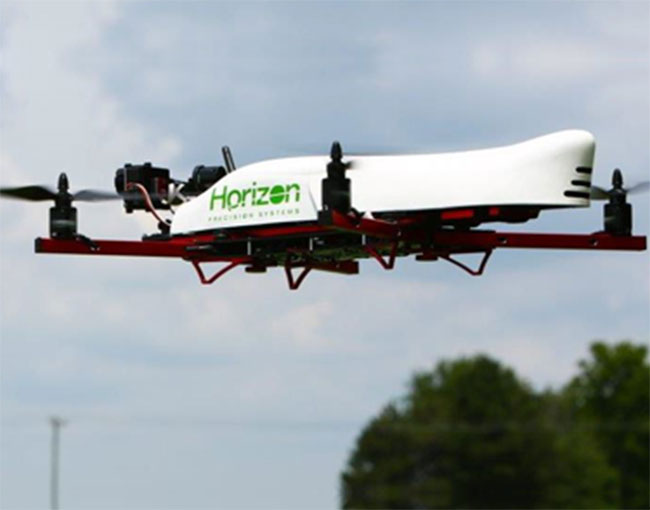Home > Insights > Publications > Amazon Prime Air closer to takeoff: FAA grants Internet giant's request for drone ‘exemption’ and experimental certificate

In a March 13, 2015 letter, the Federal Aviation Administration (“FAA”) granted an affiliate of retail giant Amazon.com, Amazon Logistics, Inc., an exemption from certain flight rules so it can test new unmanned aircraft systems (“UAS,” or “drones”). Six days later, the agency granted an experimental special airworthiness certificate (“SAC”) to one of Amazon’s drone designs. The approvals are related to Amazon Prime Air, which Amazon hopes will facilitate delivery of packages by drones in 30 minutes or less. To be clear, the exemption and SAC do not, by themselves, allow Amazon to launch into full commercial operations. The FAA’s exemption letter states that the exemption is for testing purposes (on private property in rural Washington State) and is only for Amazon’s aircraft that also receive a special airworthiness certificate (“SAC”) in the experimental category. The FAA’s March 19 announcement means Amazon can test one drone outside, subject to other flight restrictions in the approvals.
Normally, a company seeking to use a drone must undergo either an exemption process or an SAC process. Companies seeking low-risk, controlled environment UAS operations typically go through the exemption process (known as a Section 333 exemption, named after the authorizing provision in the FAA Modernization and Reform Act of 2012). Amazon tried that route too, filing a request for 333 Exemption in July 2014. But the FAA required Amazon to do more, prompting the company to pursue an SAC in the experimental category, in addition to a separate research exemption (granted by March 13 letter).
The SAC process is often quite lengthy and was originally intended for manned aircraft with unusual or untested flight characteristics. The SAC procedure also requires a company to secure a new certification for each vehicle it flies, which dampens rapid testing or deployment of UAS. In other words, the agency’s March 13 letter and March 19 SAC appear to be a step forward for Prime Air, but many hurdles remain.
So why is Amazon being treated differently than other applicants for a simple 333 Exemption? It appears the FAA is concerned about allowing so-called “external-load” operations, which would include package delivery, without the more lengthy airworthiness review. Indeed, the FAA’s recent Notice of Proposed Rulemaking (“NPRM”) for small UAS (“sUAS,” or drones weighing less than 55 pounds) would block transportation of property via sUAS for compensation or hire in part because the agency believes those operations pose a greater risk to the public, particularly when the load is jettisonable.
Still, the agency seeks comment (in the NPRM, 80 Fed. Reg. 9553 (Feb. 23, 2015)) on whether it should allow sUAS to transport property for payment if other safety requirements are met. That comment period closes on April 24, 2015. To make Prime Air a viable enterprise, Amazon will also have to find a way to overcome other NPRM requirements restricting pilotless and beyond line-of-sight operations (discussed in the NPRM, 80 Fed. Reg. 9553 (Feb. 23, 2015), respectively). In the meantime, Amazon is left with more hoops to fly through than the average prospective commercial drone user.
If you have any questions regarding the content of this posting or use of UAS in your business, please contact Sean McGowan or Tyler Black.
